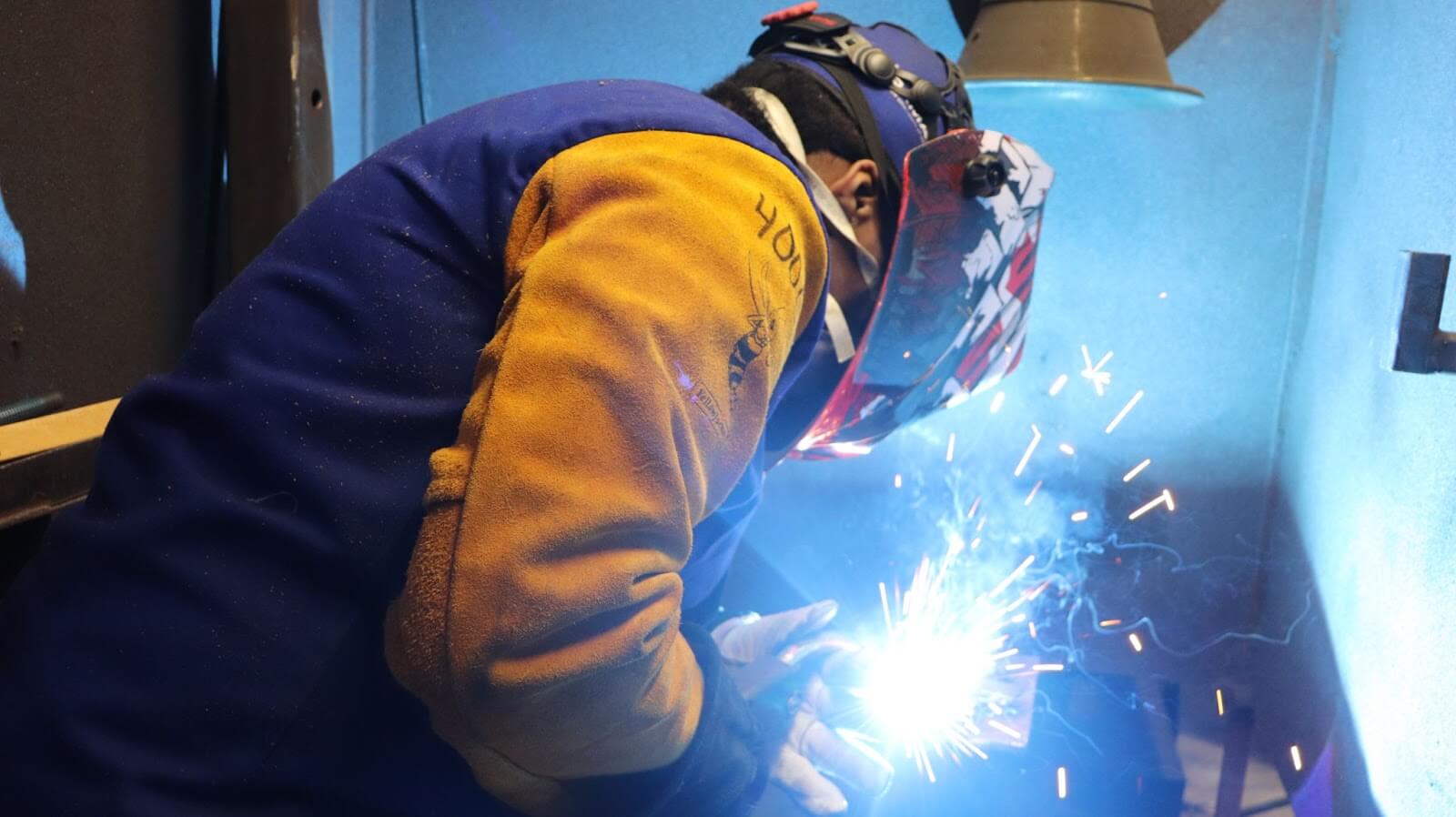Welding repair is like an art, joining metals together firmly. But even experienced welders face problems that can mess up their work. This guide helps you understand these issues and gives you simple tricks to fix them so you can make significant welding repair every time.
Sometimes, tiny holes or gaps (porosity) can ruin your weld. To fix this, ensure enough gas is around the weld to stop outside stuff from getting in. Also, clean the metal well so nothing dirty messes up your welding work.
Cracks can happen when your weld gets too hot or cools down too fast. To avoid this, welding companies heat things before you weld and cool them down slowly afterward. It’s like finding the right temperature balance to keep your weld strong.
Incomplete fusion is when your metal welding doesn’t fully join with the base metal. Fix this by adjusting how you move your welding tool and using more heat. This makes sure everything melts together for a strong, seamless weld.
Undercutting weakens your weld by grooving along the edge. Welding companies keep your welding tool at the right angle and speed to stop this. Also, use less power to avoid melting too much and messing up the edge.
If tiny metal droplets scatter around your weld, it looks messy. Fix it by changing how your welding tool works so it doesn’t spit out too much metal. Also, ensure the gas flow is proper to keep things clean.
Too much heat during metal welding causes the metal to bend or warp. To prevent this, use small tack welds to spread the heat. Also, secure your workpiece tightly so it doesn’t move and mess up the shape.
Inclusions happen when weird stuff like slag or junk gets trapped in your weld. Clean the welding area well before you start, and use the proper welding techniques to keep trash out. This ensures your weld stays solid and clean.
If your weld cools down too fast, cracks can appear at the end. Fill in the back of your weld gradually and cool it down slowly to avoid sudden cracks. This way, your weld stays smooth and crack-free.

Fixing welding problems isn’t just about making solid welds. It’s also about learning how to solve common issues. You’ll get better at welding by dealing with holes, cracks, incomplete fusion, undercutting, spatter, warping, junk, and end cracks. Keep learning and practicing, whether in welding classes or welding training programs. This journey helps you make safer, more durable, and better-quality welds in the world of metalworking.
Inclusions and crater cracks are two welding issues requiring attention to ensure a flawless end result. Inclusions occur when foreign materials like slag or contaminants become trapped in the weld, potentially compromising its integrity. By diligently cleaning the welding area and employing optimal welding techniques, welders can prevent inclusions, contributing to a structurally sound weld.
On the other hand, crater cracks form at the end of a weld due to sudden solidification when the weld cools down. Techniques like gradually filling the crater and reducing the cooling rate can help avoid these cracks, ensuring a smooth and robust weld.
Controlling the cooling rate during welding is crucial in averting issues like cracks and distortion. Rapid cooling can lead to cracks, compromising the integrity of the weld. By gradually reducing the welding current before finishing the welding repair work, welders can ensure a slower cooling rate and minimize the risk of cracks.
Additionally, distortion, which occurs when metal deforms due to excessive heat during welding work, can be mitigated through strategic approaches. Tack welding and proper fixture clamping help distribute heat evenly and minimize deformities, ensuring the welded piece retains its intended shape and structural integrity.
Read More